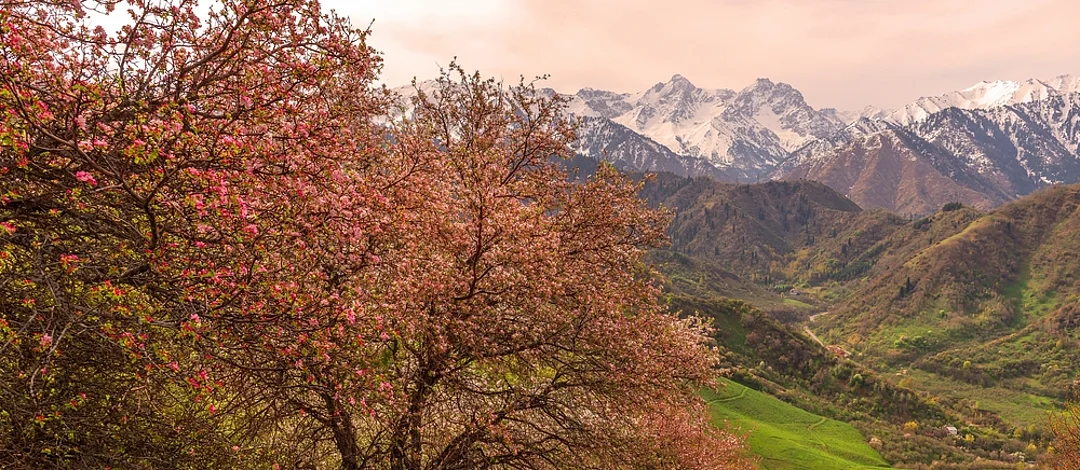When you bite into a large, sweet apple from the neighbourhood grocery store, it's easy to take the qualities of our modern fruits for granted. We hardly consider the long history of both random and deliberate migration and modification that produced the seemingly flawless apples we enjoy today.
Nature
All About The Last Wild Apple Forests Of Kazakhstan
Explore the enchanted world of the last remaining wild apple forests in Kazakhstan and discover a world where the beauty and resilience of nature reign supreme

Blooming apple trees in the mountains near the Kazakh city of Almaty
Photo: Shutterstock
Blooming apple trees in the mountains near the Kazakh city of Almaty
Photo: Shutterstock
CLOSE




